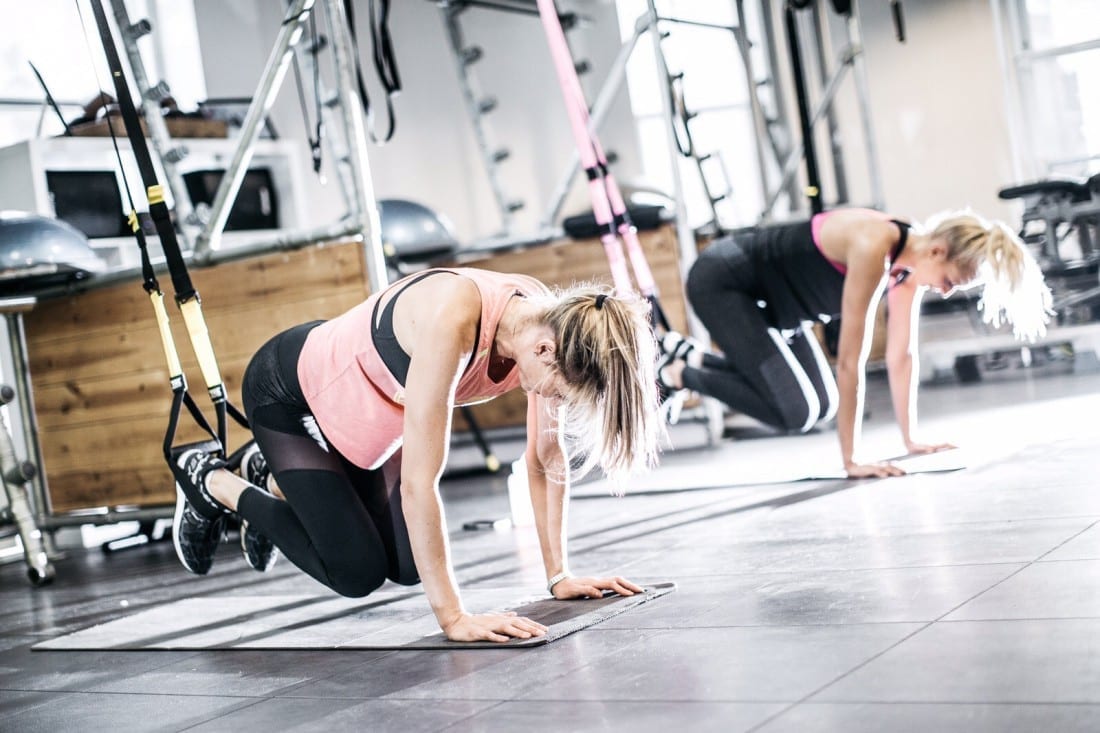Getting started with a new workout routine can be overwhelming, especially when trying to determine the best type of workout to achieve your fitness goals. Whether you’re looking to build muscle, increase endurance, or simply improve your overall health and fitness, there are a variety of workout options to consider. In this article, we will explore the best types of workouts for different fitness goals, providing you with the information you need to create a workout plan that fits your needs and helps you achieve your fitness goals.
If you’re looking to build muscle, resistance training is the way to go. Resistance training involves lifting weights, using resistance bands, or working with your own body weight to build and tone muscles. By pushing your muscles to work harder than they’re used to, you create microtears in the muscle fibers that, with rest and proper nutrition, will rebuild and grow stronger. Resistance training also has the added benefit of increasing bone density, which can help to prevent osteoporosis.
If weight loss is one of your primary fitness goals, cardiovascular exercise is the most effective type of workout. Cardio workouts, such as running, cycling, swimming, or dancing, get your heart rate up and burn calories quickly. The key to effective weight loss is to create a calorie deficit, meaning you burn more calories than you consume. Cardio workouts can help you achieve this by burning a significant amount of calories during the workout and increasing your metabolism, allowing you to burn more calories even at rest.
When you’re training with specific fitness goals in mind, you need to properly structure and schedule your workout sessions if you want to set yourself up for fitness success. Here are the best ways to reach three common aims.
Goal: Lose weight
Workout plan: When it comes to losing weight,and keeping it off, it’s recommended that at least 30 to 60 minutes three to five days a week be dedicated to vigorous or moderate intensity aerobic exercise,or a combination of the two, to yield the best benefits. Progressing to approximately 250 to 300 minutes of activity per week has been shown to help enhance long-term weight-loss maintenance.
Though cardio may seem to get all the attention, it’s important to note that resistance training is also a key aspect for weight loss. Several studies have shown that significant increases in lean body mass achieved by training the major muscles can help boost resting metabolic rate, thereby burning more calories.
Consider exploring options like circuit training, CrossFit, and Tabata-inspired workouts to help you get the best of both worlds when reaching your fitness goals, as in addition to building strength, studies have shown that these approaches to exercise meet or exceed industry guidelines for improving cardio fitness and offer significant calorie burn to enhance health and facilitate melting off fat.
Goal: Build strength
Workout plan: To spice up your resistance training routine and build muscular strength, endurance, and power, try taking a different approach to how you pump iron by using undulating periodization, which involves constantly switching up your reps and sets. A study published in the Journal of Strength and Conditioning Research found daily undulating periodization to be more effective in eliciting strength gains than changing a program every four weeks using traditional nonlinear periodization.
As an example of daily undulating periodization, one workout you’d perform more repetitions using lighter weights (to focus on muscular endurance), another workout you’d do a moderate number of repetitions with medium weights performing more explosive movements (focusing on muscular power), and the other day you’d do fewer repetitions using heavy weights (focusing on muscular endurance). To maximize your results, be sure to allow at least 48 hours of recovery between each of your full-body workouts.
Goal: Increase speed
Workout plan: If you’re looking to step up your running speed for an upcoming road race or mud run, consider incorporating specific speed drills into your workout routine to reach your fitness goals on one to three non-consecutive days a week to focus on proper form and technique. Exercise ideas that can easily be incorporated into a pre-run dynamic-warm-up, or serve as a basic drills session all on their own, can include 1 to 2 sets of leg drills such as butt kicks, high knees, bounding, and high marches, each covering a distance of 20 to 30 yards.
The core and arms are also key components of developing effective running speed, as the movement of the arms and the lean of the torso greatly influence the acceleration phase of sprinting. For upper-body exercises, options include 1 to 2 sets of 10 to 15 reps in each direction per arm of drills like arm drives forward and backward done either standing or half-kneeling. The key is to focus on form when completing these kinds of drills, ensuring that your head is in a neutral position as you maintain a slight forward lean or the torso. When moving the arms, drive from the shoulder as opposed to the elbows, keeping the hands in an open, relaxed position.
No matter what your fitness goals are, it’s important to remember that consistency is key. The best type of workout is one that you enjoy and can stick to over time. Don’t be afraid to mix it up and try different types of workouts to keep things interesting and challenging. And always remember to listen to your body and give yourself adequate rest and recovery time.
In summary, the best type of workout for your fitness goals will depend on what you want to achieve. Resistance training is great for building muscle and increasing bone density, while cardiovascular exercise is effective for weight loss and improving cardiovascular health. Combining different types of workouts, such as strength training and cardio, can help you achieve a well-rounded fitness routine. So, determine your fitness goals and choose the best type of workout to help you get there.








